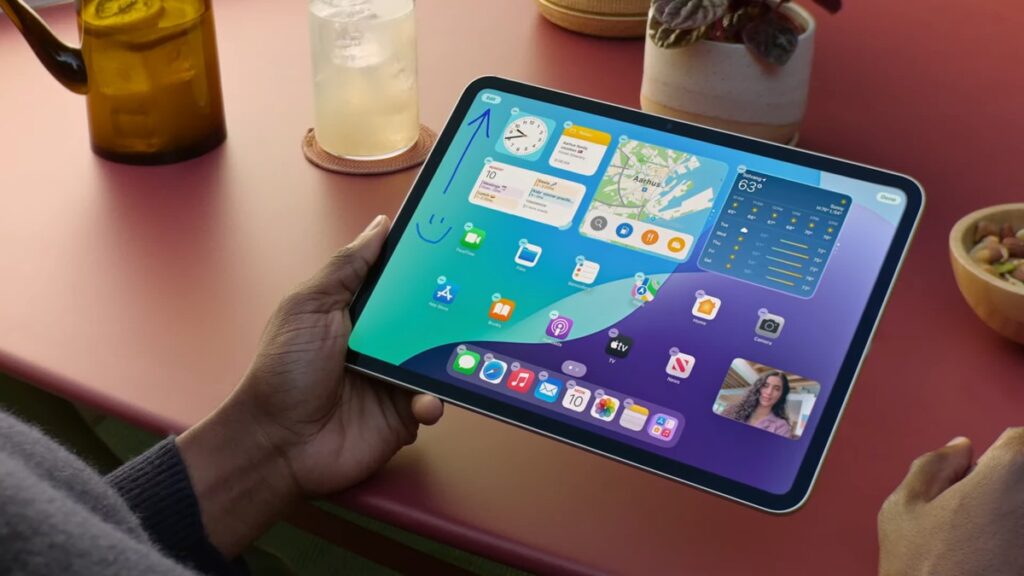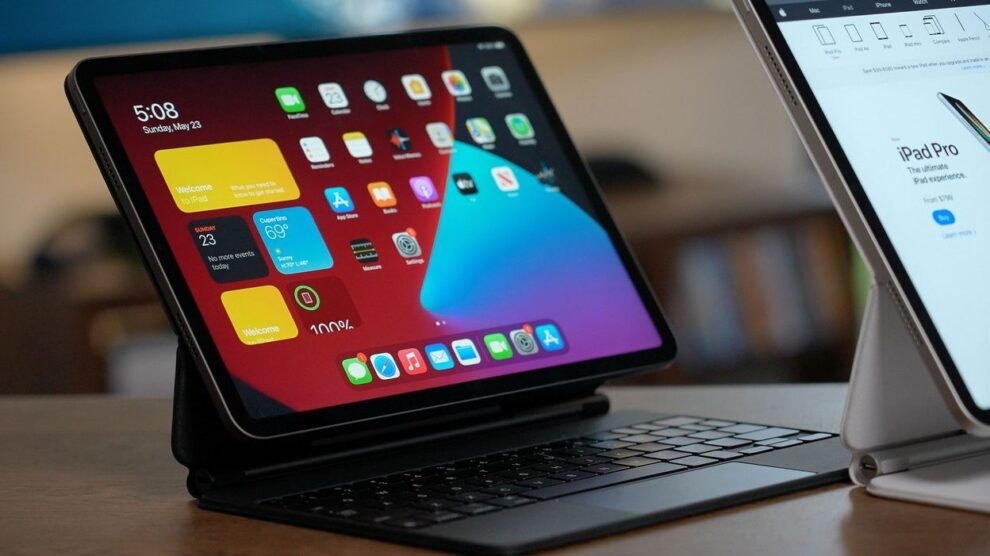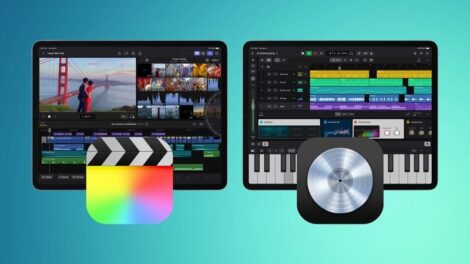Apple’s upcoming iOS 18 and iPadOS 18 updates are set to bring a long-awaited feature to iPhones and iPads: the ability to format external drives directly on your mobile device. This new capability, currently available in developer beta versions, promises to streamline storage management for iOS and iPadOS users who rely on external drives. Let’s dive into what this means for you and how it works.

A New Era of Mobile Storage Management
Until now, formatting an external drive for use with an iPhone or iPad required connecting it to a Mac and using Disk Utility. This process was often inconvenient, especially for users who primarily rely on their mobile devices. With iOS 18 and iPadOS 18, Apple is changing the game by bringing this functionality directly to your handheld devices.
How It Works: Formatting Made Simple
The new formatting feature is integrated seamlessly into the Files app, making it intuitive and easy to use. Here’s a quick overview of the process:
- Connect your external drive to your iPhone or iPad.
- Open the Files app and locate your external drive.
- Tap and hold on the drive icon.
- Select “Erase” from the context menu.
- Choose your desired format from the available options.
- Confirm your selection to begin the formatting process.
This straightforward process puts powerful storage management capabilities at your fingertips, eliminating the need for a computer in many scenarios.
Understanding Your Formatting Options
When formatting your external drive on iOS 18 or iPadOS 18, you’ll have several file system options to choose from. While the full list of available formats hasn’t been confirmed, the current beta versions offer the following choices:
- APFS (Apple File System): Optimized for Apple devices, offering additional options for case sensitivity and encryption.
- exFAT: A good choice for cross-platform compatibility, supporting both macOS and Windows.
- MS-DOS (FAT): Widely compatible but with some limitations on file sizes and number of files.
Choosing the Right Format for Your Needs
Selecting the appropriate format depends on how you plan to use your external drive:
- If you’re using the drive exclusively with Apple devices, APFS is likely your best choice. It offers advanced features and is optimized for SSDs.
- For drives you’ll be using across different operating systems, exFAT provides a good balance of compatibility and modern features.
- MS-DOS (FAT) might be suitable for older devices or situations where maximum compatibility is crucial, but be aware of its limitations.
What This Means for iOS and iPadOS Users
The introduction of external drive formatting in iOS 18 and iPadOS 18 is more than just a convenience—it’s a step towards making these mobile devices more powerful and self-sufficient. Here are some key implications:
1. Enhanced Productivity
Users can now manage their external storage entirely from their iPhone or iPad, streamlining workflows for those who rely heavily on mobile devices for work or creative projects.
2. Greater Independence from Desktop Computers
This feature reduces the need to access a Mac or PC for basic storage management tasks, further positioning iPads, in particular, as potential laptop replacements.
3. Improved Data Management on the Go
Travelers, field workers, and anyone who needs to manage large amounts of data away from a desktop setup will benefit from this added flexibility.
Looking Ahead: The Future of Mobile Storage Management
While the ability to format external drives is a significant step forward, it’s likely just the beginning of enhanced storage management features for iOS and iPadOS. As these operating systems continue to evolve, we can anticipate:
- More advanced formatting options and file system choices
- Improved integration with cloud storage services
- Enhanced data backup and recovery options directly from mobile devices
Considerations and Caveats
As exciting as this new feature is, there are a few important points to keep in mind:
- Beta Status: The formatting feature is currently available in developer beta versions. While it’s expected to be part of the official release in September 2024, some aspects may change before then.
- Data Loss Risk: As with any formatting process, there’s a risk of data loss. Always back up important files before formatting a drive.
- Compatibility Considerations: While formatting on iOS/iPadOS offers convenience, ensure you choose a format that’s compatible with all the devices you intend to use with the drive.
Conclusion: A Leap Forward for Mobile Device Capabilities
The ability to format external drives directly on iPhones and iPads in iOS 18 and iPadOS 18 represents a significant enhancement in the capabilities of these devices. It offers greater flexibility, independence, and control for users who rely on external storage with their mobile devices.
As we look forward to the official release of iOS 18 and iPadOS 18 in September 2024, this new feature stands out as a prime example of how Apple continues to evolve its mobile operating systems to meet the needs of increasingly sophisticated users. Whether you’re a professional managing large datasets on the go, a creative working with multimedia files, or simply someone who values having full control over their digital storage, this update promises to make your iOS and iPadOS experience more powerful and versatile than ever before.
Stay tuned for more updates as we approach the official release, and get ready to take full advantage of this game-changing feature when it arrives on your devices this fall.










Add Comment